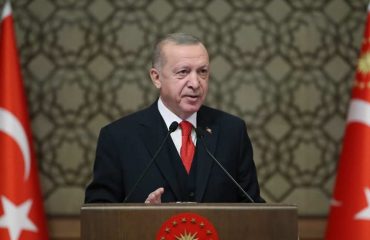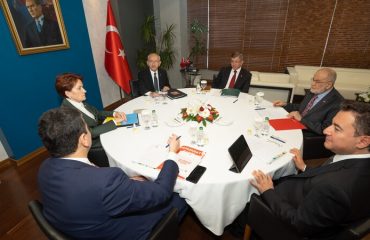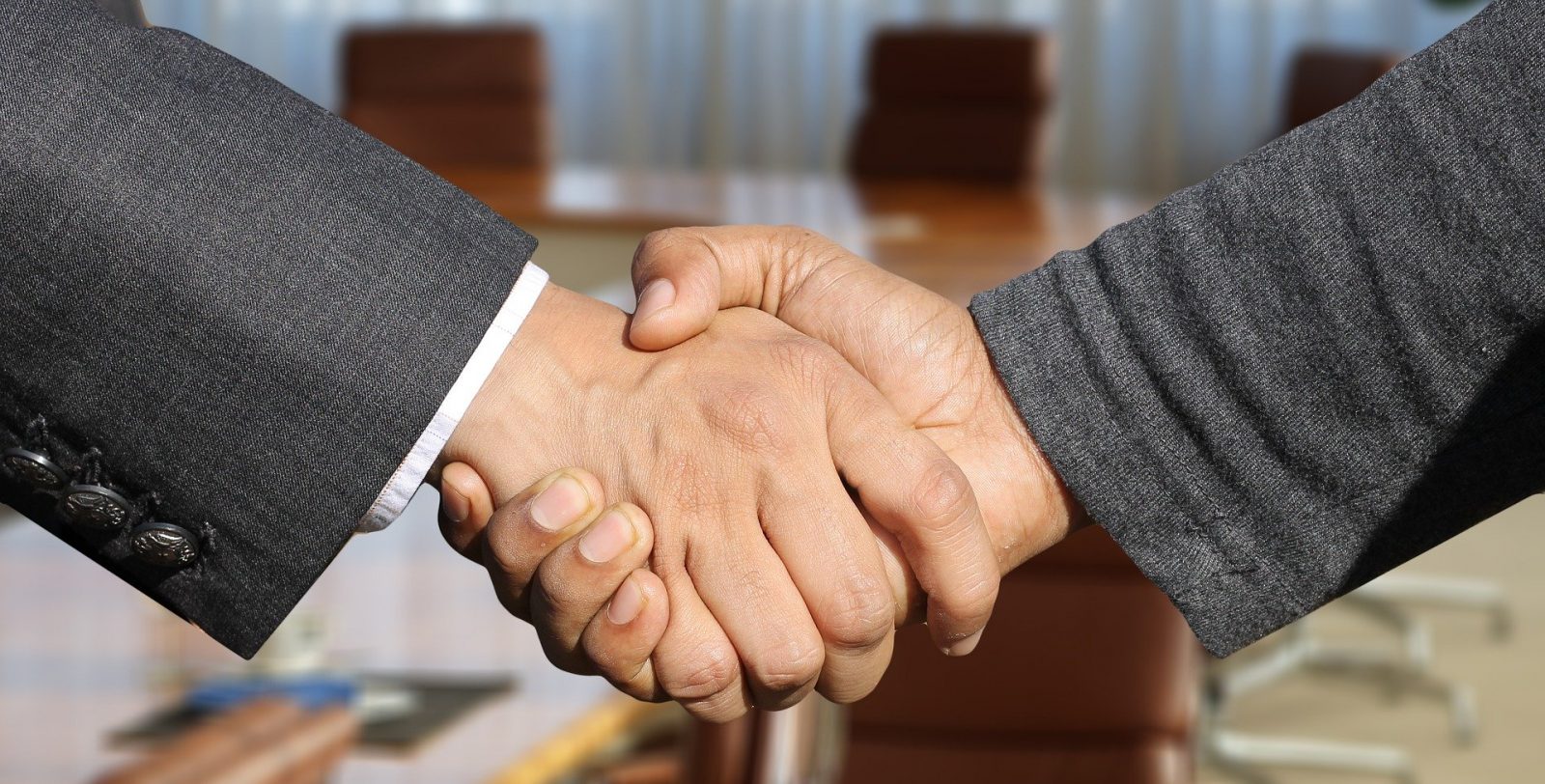

As not shaking hands turns into a new craze, Turkey and Russia miss another opportunity of free expression at a Kremlin summit, experiencing a confusion instead on who would shake other’s hand first. U.S. loses no time to fill the gap.
Ali Kayalar
Being left handed is a lifetime headache for countless reasons and even the simple social gesture of handshaking is included.
I have educated myself on how to properly shake hands like the right-handed majority in formal occasions. But still, there are times that I cannot help thinking about how many left-handed brothers and sisters I have humiliated for the sake of avoiding that tiny moment of hesitation on which hand to use. Wouldn’t you agree that there is something odd, if not hypocritical, about two left handed people shaking each other’s right hands. Quite majoritarian.
When more informal encounters are considered, the situation can get even more complicated. I usually bend my left wrist and grab my opponent’s right hand in an instant. This is a handshake with no thumbs interlocking and mine is always on the lower side. If I am lucky enough it does not go between the other’s pinky and the ring finger, which may be a very sweaty spot in many hands.
A second option is to grab the other’s fingertips only, which may look polite but insincere, according to many.
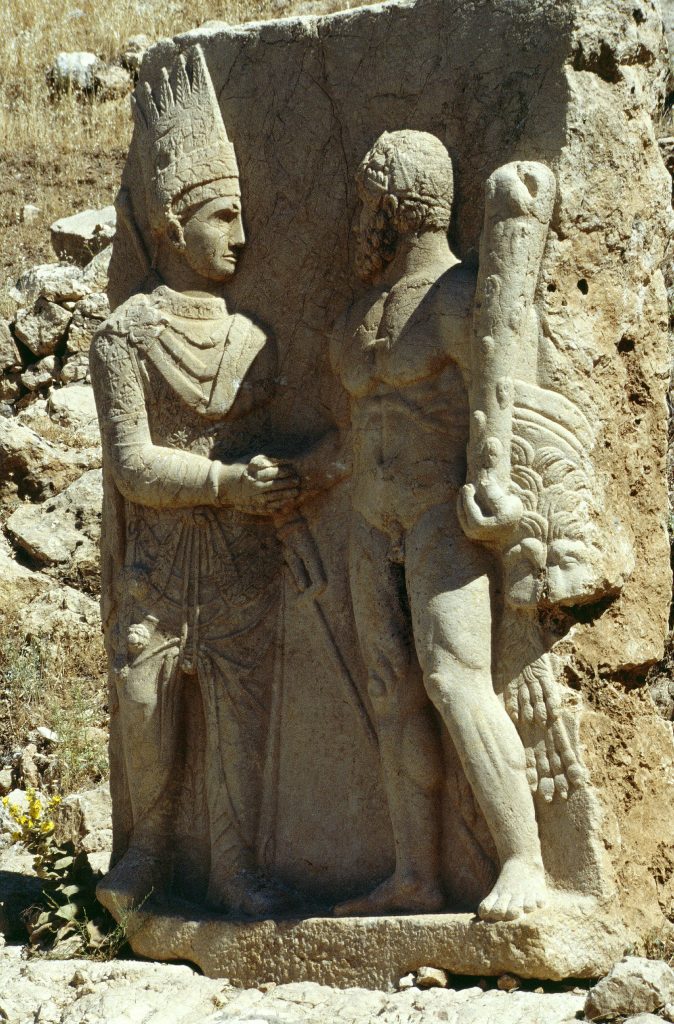
It also contradicts with the at least two-and-a-half millennia purpose of handshaking, inspiring confidence. One of the oldest signs of handshaking is on a funeral stele at the Pergamon Museum in Berlin, Germany. The examples of “dexiōsis,” or “giving the right” in Greek, can be seen on many artifacts from the ancient civilizations of Anatolia and both sides of the Aegean Sea. Ancient –and Medieval- warriors used to shake hands to prove that they are unarmed.
Americans like the center spot
Still, the gesture has failed to convince someone that you mean no harm for the last centuries, although it may still seal a ceasefire. Just remember numbers of paintings portraying commander of the Confederate States, Robert E. Lee and Union Army head Ulysses S. Grant shaking hands on April 9, 1865 under the surprised looks of their soldiers. The moment marks the surrender of the South’s Lee. Their deal is named the “Gentlemen’s Agreement” to honor the two soldiers’ ethical and moral compasses. They were also clever enough to limit the handshaking ceremony to themselves and avoid chaos of a room full of officers shaking hands. Just imagine a Confederate soldier shaking hands with his fellow brother in arm or vice versa. Come on; don’t say it is impossible, when even top diplomats of today cannot avoid such mistakes during tense summits.
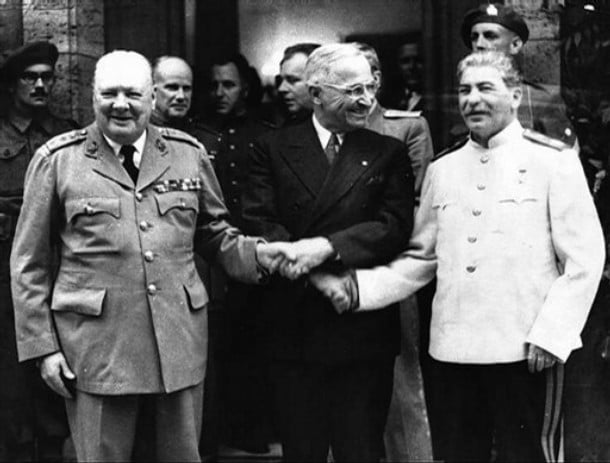
Following another war, the biggest in history, U.S. President Harry Truman, U.K. Prime Minister Winston Churchill and USSR leader Joseph Stalin met in defeated Germany’s Potsdam to talk the future of Europe, and their pose for a photo is arguably the climax of handshaking protocols ever. Take a closer look at the photo and try to guess whether Churchill, who looks like he is in a rush to leave the venue, knew deep down inside that he would lose his seat at the next day’s parliamentary election, jeopardizing the deal.
U.S. leaders have always been fond of taking the center spot in such photos.
During a historic White House meeting of Egyptian leader Anwar Sadat and Israeli Prime Minister Menachem Begin in 1979, again at the White House, President Jimmy Carter had extended his both hands to join the duo.
In 1993, President Bill Clinton was the facilitator when Palestinian leader Yasser Arafat and Israeli President Yitzhak Rabin were shaking hands at the White House for the “Oslo Agreement,” yet another “left handed handshake” that did not survive. Still, Clinton is a good hand shaker. In 1963, he shook hands with President John F. Kennedy as a part of a youth group visiting the White House. What a great material to present him as an ambitious candidate for the top U.S. seat.
Facemasks, leg shakes, elbow bumps
But what is this rusty history lesson about? Nothing special. Just anecdotes that came to mind following a little handshaking confusion, or a few of them, that appeared on the screen when a top level Turkish team headed by President Recep Tayyip Erdoğan visited Kremlin for Syria talks on March 5. Let’s not be relentless, the agenda was heavy, the issue of introducing a cease to ongoing clashes in Syria’s Idlib was sensitive and such little problems are not worth mentioning at all under extraordinary conditions.
Iran, part of the Astana process for Syria, was absent as planned. As the country is struggling against a deadly coronovirus disaster, their representatives would be wearing facemasks if invited, inspiring others, too.
But, no one would be surprised if Turkish and Russian delegations preferred fist bumps to handshaking, even if they considered using masks far fetched.
Fist bump, I think, might have looked more sincere, contributed to easing tensions hung in the air, and it is also left-handed friendly, even if it still fails to reveal who is holding what kind of a gun against whom.

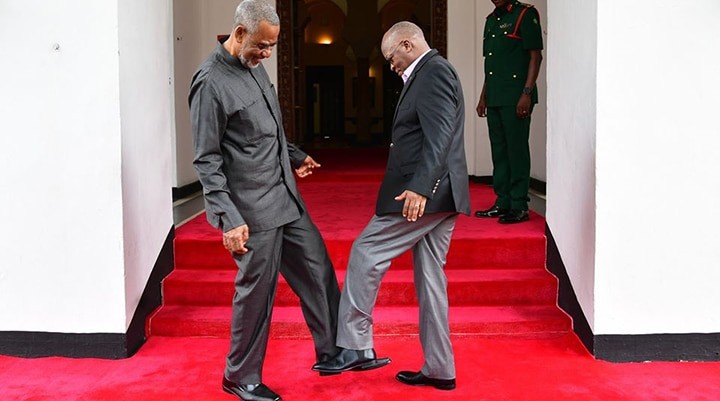
Not shaking hands has actually turned into a new form of freedom of expressing yourself with the coronavirus outbreak. Have you seen the photo of Tanzanian President John Magufuli welcoming opposition politician Maalim Seif Sharif Hamad, with the two politicians “leg shaking” at the presidential palace?
If hygiene had not become more crucial than ever, new greeting forms would include Omani or New Zealander nose gestures, Botswanan long hand shake ending with a self punch or hundred of other moves.
So we might see the Kremlin summit as a missed opportunity for Turkey and Russia in terms of freedom of expression. They once again left the stage for the U.S. and Vice President Mike Pence made use of it with his “elbow bump” in Washington on March 5, with both of his left and right.
